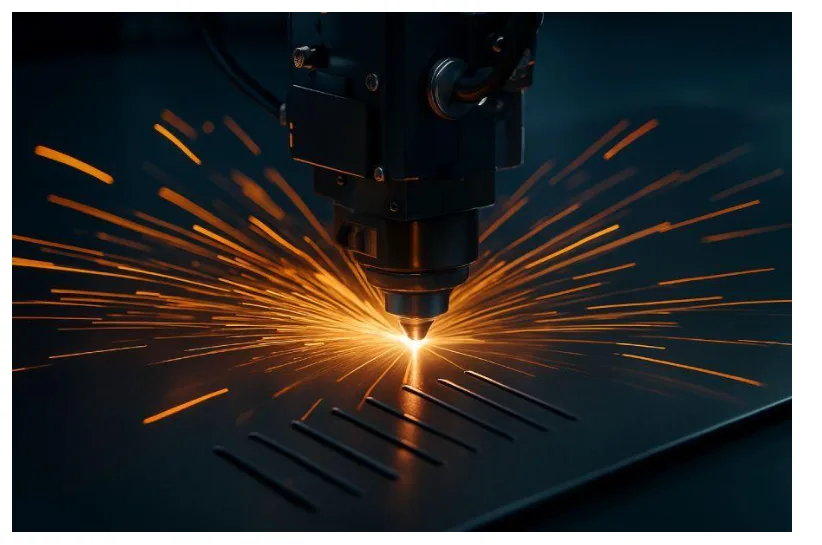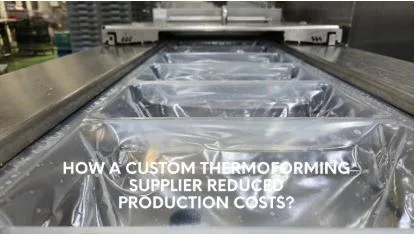Precision Laser Cutting Technologies Reshaping Modern Production With Exceptional Speed And Reliability
Precision laser cutting technologies are redefining modern manufacturing by delivering unmatched speed, accuracy, and consistency. Laser Cutting Technology continues to evolve, enabling manufacturers to achieve higher precision and efficiency than ever before. As industries push for faster production cycles and higher-quality outputs, advanced laser systems provide clean, contact-free cutting across a wide range of materials. Their ability to execute complex designs with micrometer precision reduces waste, minimizes errors, and boosts operational efficiency. Today, these innovations are not only streamlining workflows but also setting new benchmarks for reliability and performance in large-scale industrial production.
Evolution of Laser Cutting Technology: From Inception to Innovation
The journey of laser cutting technology has been marked by continuous evolution and relentless innovation. Originally developed in the 1960s, laser cutting was first deployed primarily for drilling holes in diamond dies. Early implementations utilized gas lasers, eventually giving rise to the now widely adopted CO2 laser. Over time, advancements in laser optics and materials processing methods enabled engineers to refine the control, power, and precision of laser beams. This gave way to a torrent of breakthroughs, including the introduction of solid-state lasers such as the Nd:YAG laser and its close counterpart, the Nd laser.
The transformative leap, however, came with the integration of computer numerical control (CNC) systems and the use of detailed G-code instructions. This allowed a motion control system to direct the exact path, speed, and pierce parameters for the focused laser beam, achieving micrometers accuracy unheard of in traditional mechanical cutting. Today, the Western Electric Engineering Research Center and manufacturers like ACCURL are at the forefront, pushing the limits of modern laser cutting machines. Fiber laser technology, in particular, has revolutionized throughput and versatility, offering unmatched capability across an expansive range of materials, from simple sheet metal to brittle silicon wafers used in semiconductor device fabrication.
Key Advantages: Speed, Precision, and Reliability in Modern Production
Laser cutting technology offers industries exceptional precision and consistency, using tightly focused beams and CNC-controlled motion to produce micrometer-level kerf widths. Whether handling delicate microchips or durable stainless steel, these systems deliver clean contours, detailed engraving, and uniform surface quality across a wide range of materials.
Modern lasers also provide remarkable speed and reliability. High-power CO₂ and fiber systems cut complex metal parts rapidly while minimizing heat-affected zones through controlled gas flow, advanced cooling, and stable motion control. With non-contact cutting and built-in error detection, they reduce tool wear, improve accuracy, and support automated, high-productivity manufacturing.
Applications Across Industries: Transforming Manufacturing Processes
Laser cutting technology has become essential across modern industries, powering applications from automotive manufacturing to aerospace engineering. High-power CO₂, fiber, and solid-state lasers deliver clean, precise cuts in materials like sheet metal, aluminum, titanium, stainless steel, and superalloys. Their accuracy reduces post-processing and supports the tight tolerances required in advanced component fabrication.
Beyond metals, laser cutting is crucial in electronics, where ultra-focused laser microjets enable stress-free slicing of silicon wafers and microchips. The technology also supports diverse sectors such as medical devices, signage, jewelry, and furniture, enabling everything from delicate piercing and vaporization to detailed engraving and welding with consistent reliability.
Technological Advancements Driving Performance and Efficiency
Modern technology continues to elevate precision laser cutting, combining advanced laser optics—such as auto-focus heads and real-time feedback systems—with powerful CNC software for fully optimized cutting performance. High-resolution motion control ensures the laser follows its G-code path with exceptional accuracy and speed, delivering consistent, high-quality results.
The shift from CO₂ lasers to efficient fiber lasers has transformed the industry, offering higher power density, lower maintenance, and outstanding surface quality across both thin and thick materials. With adaptive gas flow, automated cooling, and improved control of the heat-affected zone, today’s systems enhance safety, reduce waste, cut energy use, and widen the range of materials that can be processed—from metals to composites and reflective alloys.
Future Outlook: Integration, Automation, and Industry 4.0 Potential
The future of laser cutting is closely tied to Industry 4.0, where automation, integration, and real-time data enhance every stage of production. Web-enabled CNC systems, cloud analytics, and predictive maintenance are transforming modern machines into smart, connected tools that communicate seamlessly across the factory floor. AI-driven motion control and optimized G-code generation further boost speed, accuracy, and overall efficiency.
Emerging hybrid processes—combining laser microjet, plasma, and water jet technologies—are expanding multi-material manufacturing possibilities. In sectors like semiconductor fabrication, autonomous stealth dicing and machine-vision quality control are becoming essential. As innovations in laser optics, power design, and cooling systems accelerate, leading companies and research centers continue to push precision, reliability, and flexibility to new heights, defining the next era of smart manufacturing.






